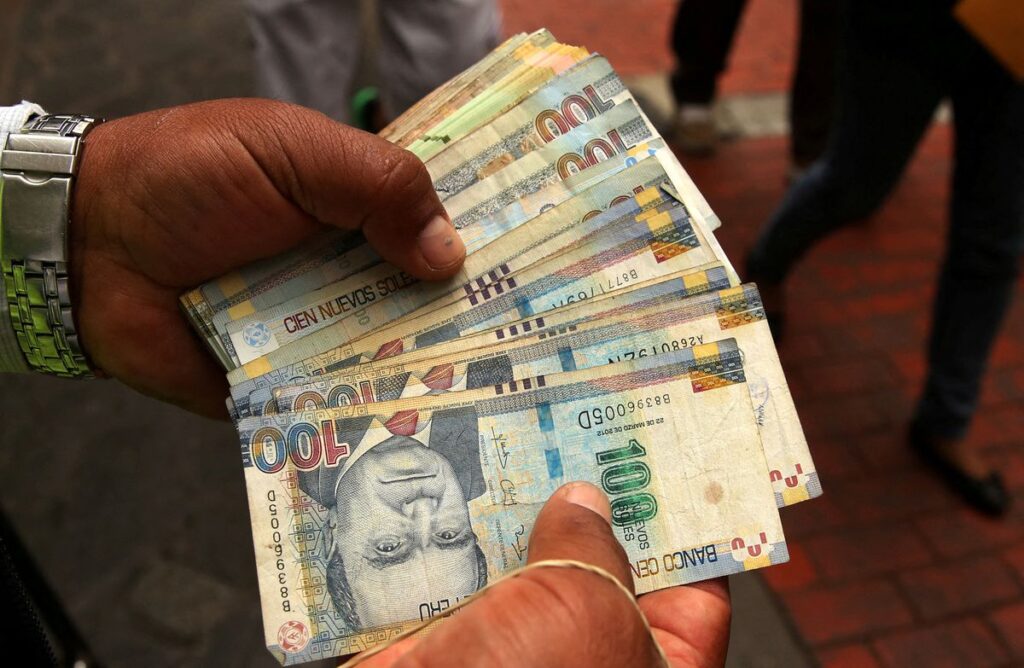
Peru is one of the few countries whose economic activities lean more towards the positive side after pandemic conditions. According to World Bank (2022), Peru proudly exhibits a low public debt to GDP ratio due to a healthy economy, production and trading relations. Peru’s GDP pre-pandemic was floating around 3% (World Bank, 2022), but has since risen up to nearly 5.2% only in February, larger than their prediction of 3.6% after the pandemic (Andina, 2022). Peru is an important player in the context of textile industrial production. Textile manufacturing contributes 5.7% of the entire manufacturing levels for the country, it also speaks for 0.7% of the country’s GDP (International Trade Association, 2022). Textile manufacturing is extremely important in Peru, mainly due to its landscape, and the perfect geography that Peru has for textile manufacturing.
One can say that Peru adheres to the theory of comparative advantage which states how and what a country will produce for its economy (Sternquist, 2018). The factors of production are defined as land, labor, capital and entrepreneurship or otherwise known as business problem solving (Sternquist 2018). Peru’s landscape provides the country with rich natural resources, making Peru a contender in the international market (Focus Economics, 2022). The country is exceptionally well off in its biodiversity, and differentiation of natural resources. The geography of the area and mountain areas allow not only the growth of agriculture and plants, but allow Peruvians to raise animals that contribute to textile sales (Land Links, 2018). Abundance in perfect climate, and beautiful natural South American lands, allow Peru to grow cellulosic fibers, as well as wave cattle for natural fibers. This is why Peru is most notable trade, for its natural resources.
The labor that comprises the skilled workers of Peru in the apparel industry ranges from all factors of production, into manufacturing and retailing both domestically and internationally. Many workers are used in the apparel factories, which specialize in finishes, texturization and various other elements for the country’s natural resources (Donaldson, 2021). Since the products are produced domestically, costs will naturally be lower as attaining these textiles for e-commerce businesses would not be as difficult as attaining material in another country, like America where textile manufacturing is not as prioritized due to specialization. E-commerce has increased by nearly 5% since pre-pandemic conditions (World Trade Administration, 2022), Creating a boom in the textile apparel industry. Entrepreneurs jumped at the opportunity for e-commerce after the pandemic, as many users were now working and shopping online after a period of quarantine. Peruvian textile manufacturers are able to greatly contribute to the country’s economy, even more now than before after the pandemic.


